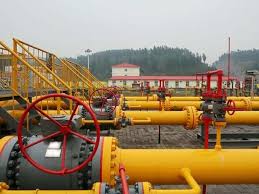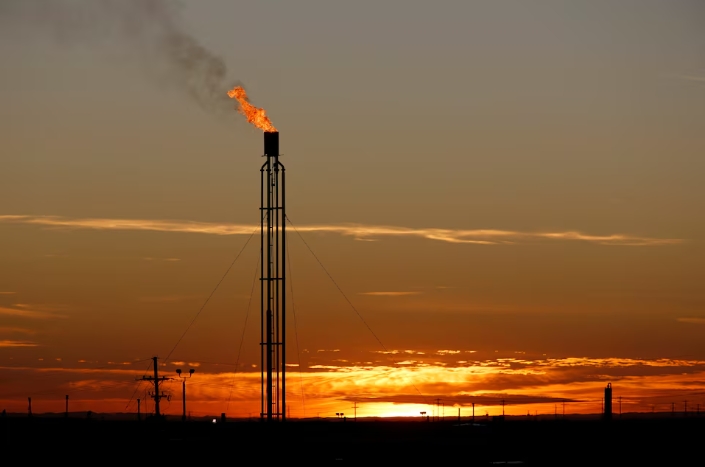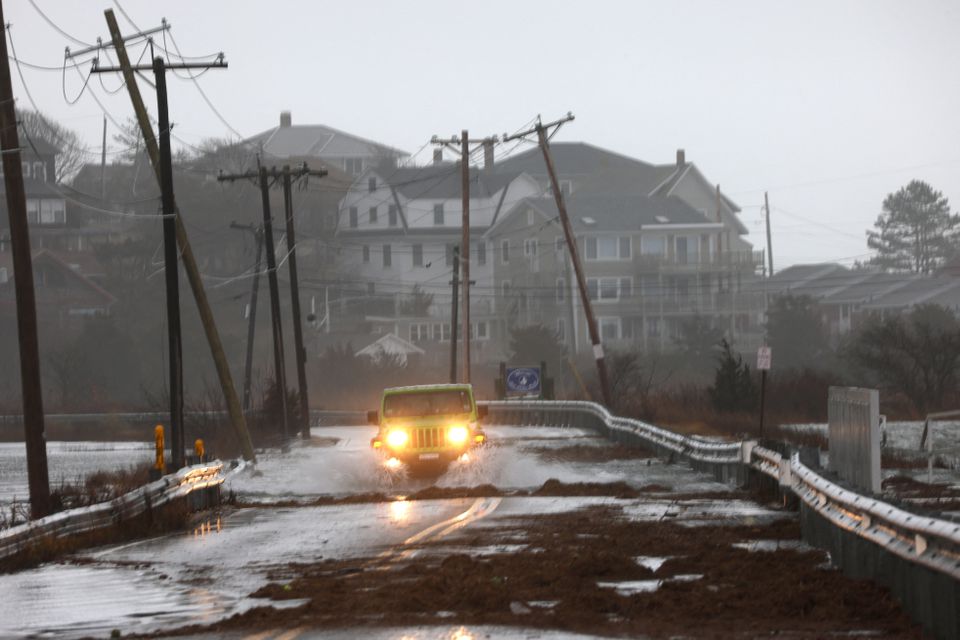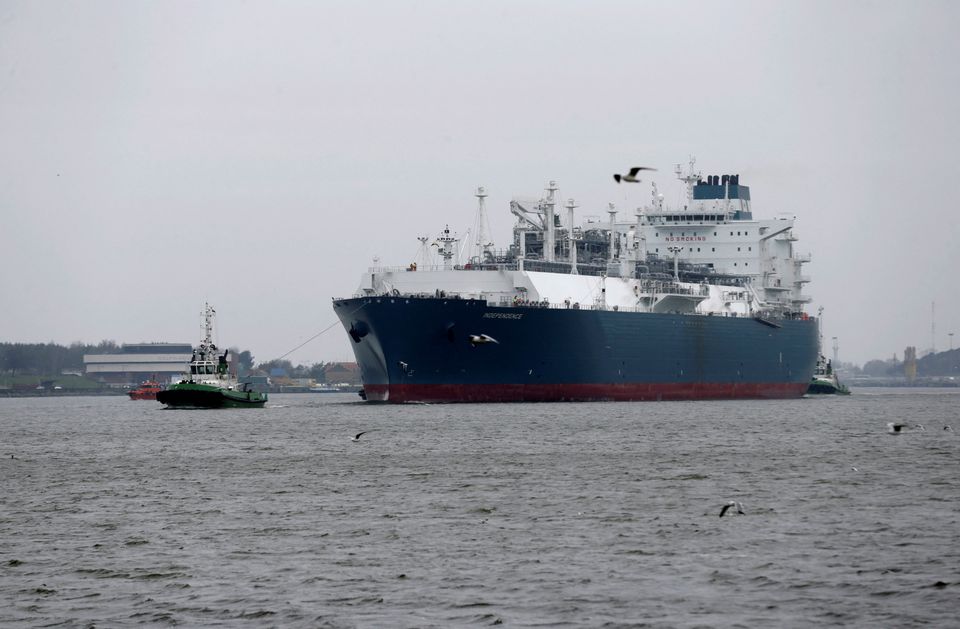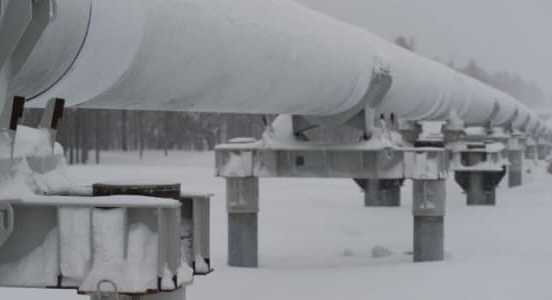
The Russia-Ukraine crisis has put the energy market on high alert for possible disruptions of Russian energy supplies to Europe. While most of the talk and headlines focus on a potential disruption of Russian pipeline gas exports to Europe, a significant decline in Russian crude and oil product exports westwards to Europe would also have a devastating effect on the energy supply in Europe, which is already grappling with a gas and power crisis.
A plunge in Russian oil exports to Europe would also be a very bullish factor for oil prices, which could hit and exceed $100 in case of a conflict in Ukraine, analysts say.
Still, a major disruption of oil flows from Russia to Europe is highly unlikely at this stage because such a probability would deal a devastating blow on both sides, according to experts. Any strict sanctions on Russian oil exports to Europe would deprive the continent of its single largest oil supplier at a time when governments are struggling with soaring energy prices that are also stoking high inflation and slow activities in energy-intensive industries.
At this point, it’s unlikely that oil and gas supplies from Russia to Europe will be cut significantly since it would be mutually destructive for both Moscow and the European countries. Russia exports half of its crude to Europe and relies on those oil revenues, which make up a large share of its government revenues. Europe, for its part, imports from Russia more than one-third of the natural gas and more than one-quarter of the crude oil it consumes.
The West-Russia standoff over Ukraine showed once again Europe’s high dependence on Russian energy supplies. As it stands, there isn’t an immediate alternative to those supplies, despite the efforts of the United States and the EU, which are scouring the world for additional LNG supplies that could be sent to Europe in case the crisis escalates into a conflict.
A look at the crude export reality for Russia and Europe shows how one needs the other in the oil trade in this corner of the world.
Russia, the world’s second-largest oil exporter after Saudi Arabia, exports around 5 million barrels per day (bpd) of crude oil. Nearly half of it, or 48 percent, went to European countries in 2020, according to data from the U.S. Energy Information Administration (EIA). Europe, particularly refineries in Germany, the Netherlands, and Poland, take 48 percent of all Russian crude oil exports.
So, Europe is Russia’s main market for its oil and natural gas exports, and by extension, Europe is its main source of revenue.
Crude oil and natural gas revenue accounted for 43 percent, on average, of the Russian government’s total annual revenue between 2011 and 2020, according to data compiled by the EIA.
On the other hand, Russia is the single largest external supplier of crude, natural gas, and solid fuel to the European Union.
Russia accounted for 26.9 percent of European Union crude oil imports and 41.1 percent of the natural gas imports in 2019, the last pre-pandemic year, Eurostat data shows. Russia is the single largest supplier of oil, the fuel most used in the EU’s final energy consumption. Petroleum products, such as heating oil, gasoline, and diesel fuel, represent 41 percent of final energy consumption in the EU, according to Eurostat.
In 2021, Russia remained the largest supplier of natural gas and petroleum oils to the EU.
The mutual dependence of Europe and Russia on oil and gas suggests that any escalation of the Ukraine crisis and a subsequent significant drop in Russian energy supply would come at a very high cost for both the EU and Moscow. This makes analysts think that a major disruption of Russian oil and gas flows to Europe is unlikely, at least at this point.

